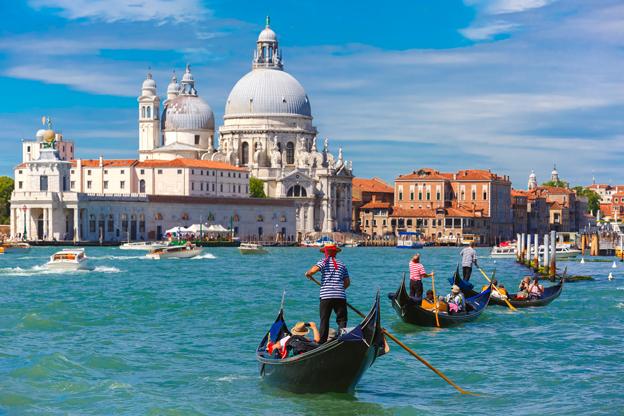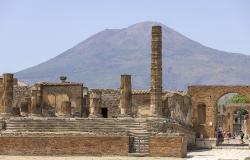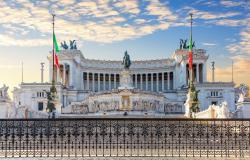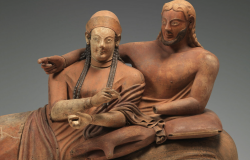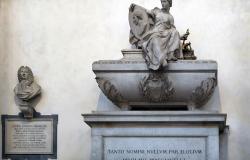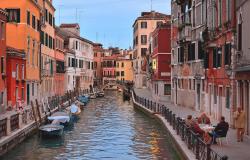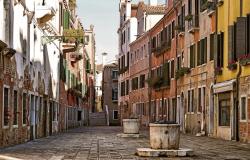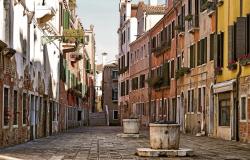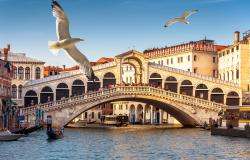In 1258, the Republic of Venice, which at the time was a leading economic and trading power in Europe, issued a decree that may well be considered revolutionary for the times.
The local authorities were very attentive in doing preventive work: with a high population density, large numbers of foreigners passing through town, and goods coming from all corners of Europe and the East, it was necessary to be very careful about the spreading of diseases. Public hygiene was carefully controlled, as were all the goods coming from abroad that would end up in the stalls of the Rialto market; rotten foods were confiscated and destroyed; streets were kept clean from garbage; drinking water was analyzed. Yet, despite all these precautions, diseases, including the dreaded plague, kept spreading.
The 13th century decree meant to regulate the professions of doctors and pharmacists. First of all, it established that doctors were forbidden from receiving commissions from apothecaries (known as speziali) for the therapies they prescribed to their patients.
Furthermore, doctors had to make sure that each medication did not exceed the fixed cost of 10 soldi; in the case of more expensive medications, these had to be examined by specialized inspectors who would verify that rare ingredients and special treatments warranted the higher price.
The ingredients of all treatments had to come from the territory of the Republic of Venice, except for a few exceptions, namely “zucchero violato o rosato,” violet or pink sugar, and ointments from Lombardy.
Finally, and perhaps more forward-thinking than all, doctors were required by law to treat for free impoverished patients and those who could not afford to pay them.
